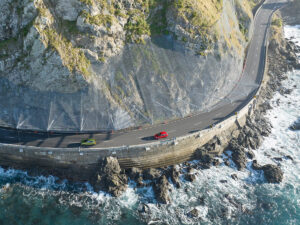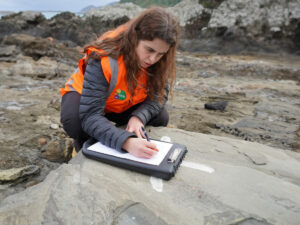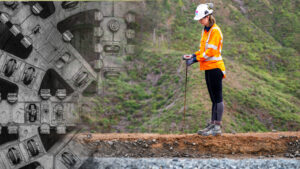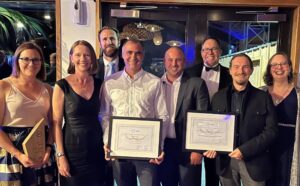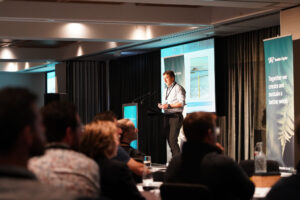Building Nations 2024 – Reflections | Part 2
As public sector pressures intensify, the infrastructure funding landscape in New Zealand is shifting, with traditional resources becoming increasingly constrained. This is driving a call for innovative financing solutions that can build the resilient infrastructure of tomorrow.
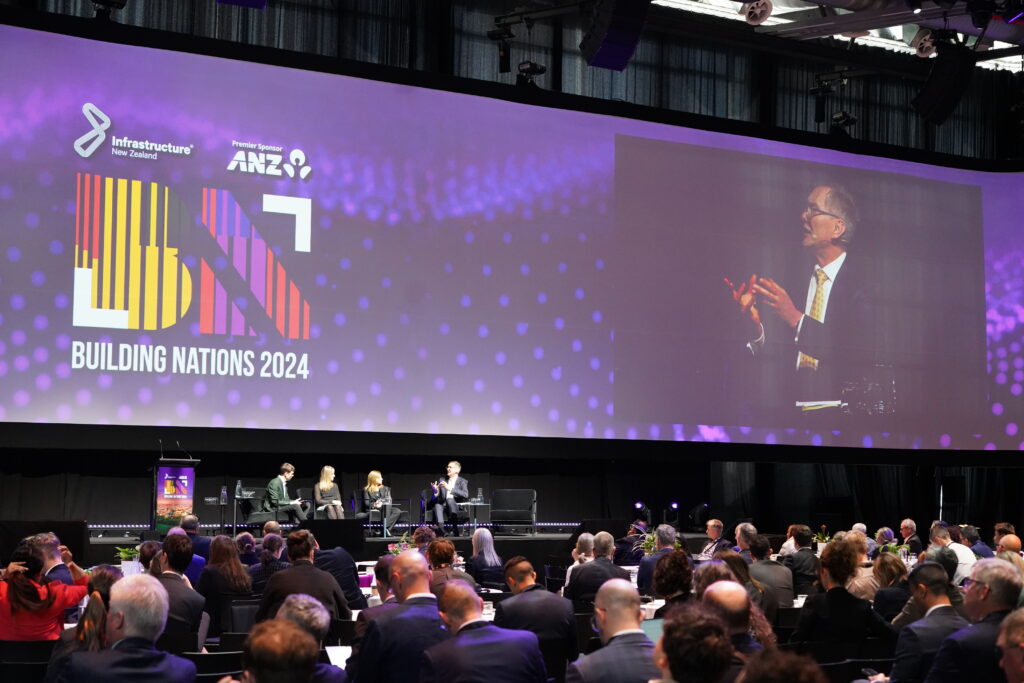
Drawing on global examples, like Canada’s mature Public-Private Partnership (PPP) market, Aotearoa has an opportunity to learn and adapt proven models.
At Tonkin + Taylor, we are dedicated to exploring a range of funding options, including private equity, PPPs, and user-pays solutions, with a strong focus on partnerships and collaboration. These are essential for delivering the infrastructure New Zealand needs, particularly as water infrastructure alone is projected to require up to $185 billion over the next 30 years. Tapping into KiwiSaver and sovereign wealth funds offers a sustainable way to bridge the gap, enabling long-term solutions.
However, building resilient infrastructure isn’t just about funding; it’s about ensuring the longevity and adaptability of our systems in the face of climate challenges. During the Building Nations 2024 conference, key discussions also emerged around climate resilience, highlighting the need for proactive scenario planning and leveraging international insights to inform local action.
Tonkin + Taylor’s involvement in these conversations, through panels and expert insights, highlighted the importance of preparing for a range of potential futures and reinforcing the need for a collaborative approach.
The following key areas provide an in-depth look at how both innovative funding models and climate resilience strategies are shaping the future of New Zealand’s infrastructure: Funding and Financing Models and Scenario Planning for Climate Resilience.
Funding + Financing Models
The conversation around public sector funding pressures drew attention, with clients feeling the need to pivot to more modular and standardised design and alternative funding solutions amidst constrained resources.
There is a growing focus on alternative funding models and Public-Private Partnerships (PPPs), including the emerging PPP Light model, particularly as infrastructure projects seek alternative funding streams like user-pays, tolls, and value capture models. Whilst the government has announced infrastructure spending which has led to an uptick in confidence in the sector, the transition from announcements to actual projects still presents uncertainties.
Rhys Clark, Commercial Director, says that there are good examples in similar jurisdictions: 
Ken Macdonald, Sector Director for Water expects a maturing of the landscape in New Zealand; “I think as part of the maturing process, there’s recognition that if you’re going to deliver infrastructure well – and if you accept and agree that there’s enough work for everybody for the foreseeable future – then the way to do it is to deliver in collaboration and partnership.”
Brad Tiller, Senior Water Resources Consultant, explores alternative funding sources that could be used to help bridge the water infrastructure funding gap in his two-part series: “The water sector is going through immense disruption. But disruption often leads to innovation, for instance widening the pool of available capital. Aotearoa has enviable sovereign wealth. Our KiwiSaver, our Super Fund or borrowing against our sovereign is the fastest and cheapest way to solve the infrastructure financing crisis we face” Brad says.
“Collectively this is $200 billion across NZ Super Fund, KiwiSaver and ACC. In 10 years, there is forecasted to be $400 billion in KiwiSaver funds alone. I’m not saying that we drain these funds to pay for water infrastructure, I’m merely proposing that even a small percentage coupled with central government spending could be invested to achieve an immediate step change in water infrastructure delivery over the next 30 years. Latest estimates indicate our water sector requires between $125 – $185 billion over the next 30 years. A modest 2.5% investment spread across these funds could equate to $5 billion per year – ample to meet the official estimates required.”
Read Brad Tiller’s series ‘Enabling Investment: Innovative Funding in the Water Sector’ – Part one here, and part two here.
Ken adds: “It was really encouraging, thinking of the work that Brad Tiller is doing, to hear more open discussion about alternate sources of funding and the reality of the fact that we can’t fund everything through taxes and rates – and that we just don’t have the capacity to do it. So again, that maturing and the acknowledgement that we’re going to have to move into new arrangements for funding, whether it is through leveraging things like KiwiSaver or whether it’s through private finance initiatives with joint delivery where we build our own models. The next thing will be how quickly these arrangements get translated into reality because we don’t really have time to sit around and wait. We’ve got a huge infrastructure deficit. We’ve got to sort it.”
Scenario Planning for Climate Resilience
Our panel on International Lessons in Climate Resilience sparked crucial conversations about proactive planning and how global insights can guide local action.
Hosted by Jack Tame, the session included insights from Laurie A. Johnson, Urban Planning Consultant and Researcher USA, our own Richard Reinen-Hamill, Sector Director for Finance and Insurance, and Angelique Dickson, President of Inogen Alliance:
 Richard Reinen-Hamill, Sector Director for Finance and Insurance, emphasises the importance of proactive planning in the face of uncertainty; “Developing plans for a whole range of possible futures, that we can communicate, enable and pull out of the door when those situations happen, I think is the key takeaway.”
Richard Reinen-Hamill, Sector Director for Finance and Insurance, emphasises the importance of proactive planning in the face of uncertainty; “Developing plans for a whole range of possible futures, that we can communicate, enable and pull out of the door when those situations happen, I think is the key takeaway.”

Angelique Dickson, President of Inogen Alliance, underscores the power of combining global collaboration with local expertise to proactively address challenges posed by disasters:
 Looking Ahead
Looking Ahead
As we move forward, New Zealand’s strength lies in its agility. We have the potential to set a global benchmark for smart, sustainable, and cost-effective infrastructure. Let’s continue driving change toward a more resilient future.
Hear more from Tonkin + Taylor’s engineering and environmental consultants in this new podcast series, with our global associates as part of the Inogen Alliance.




